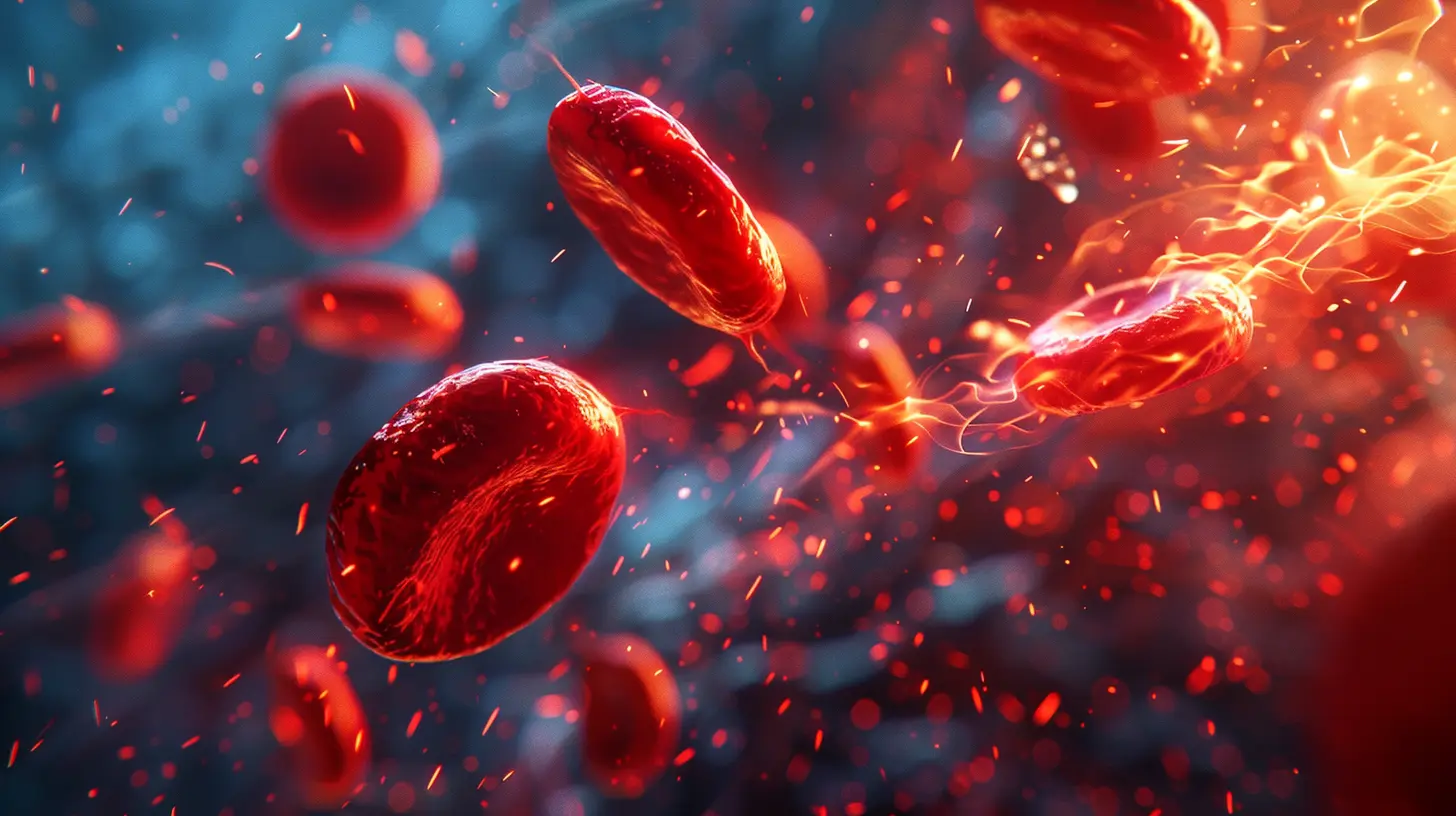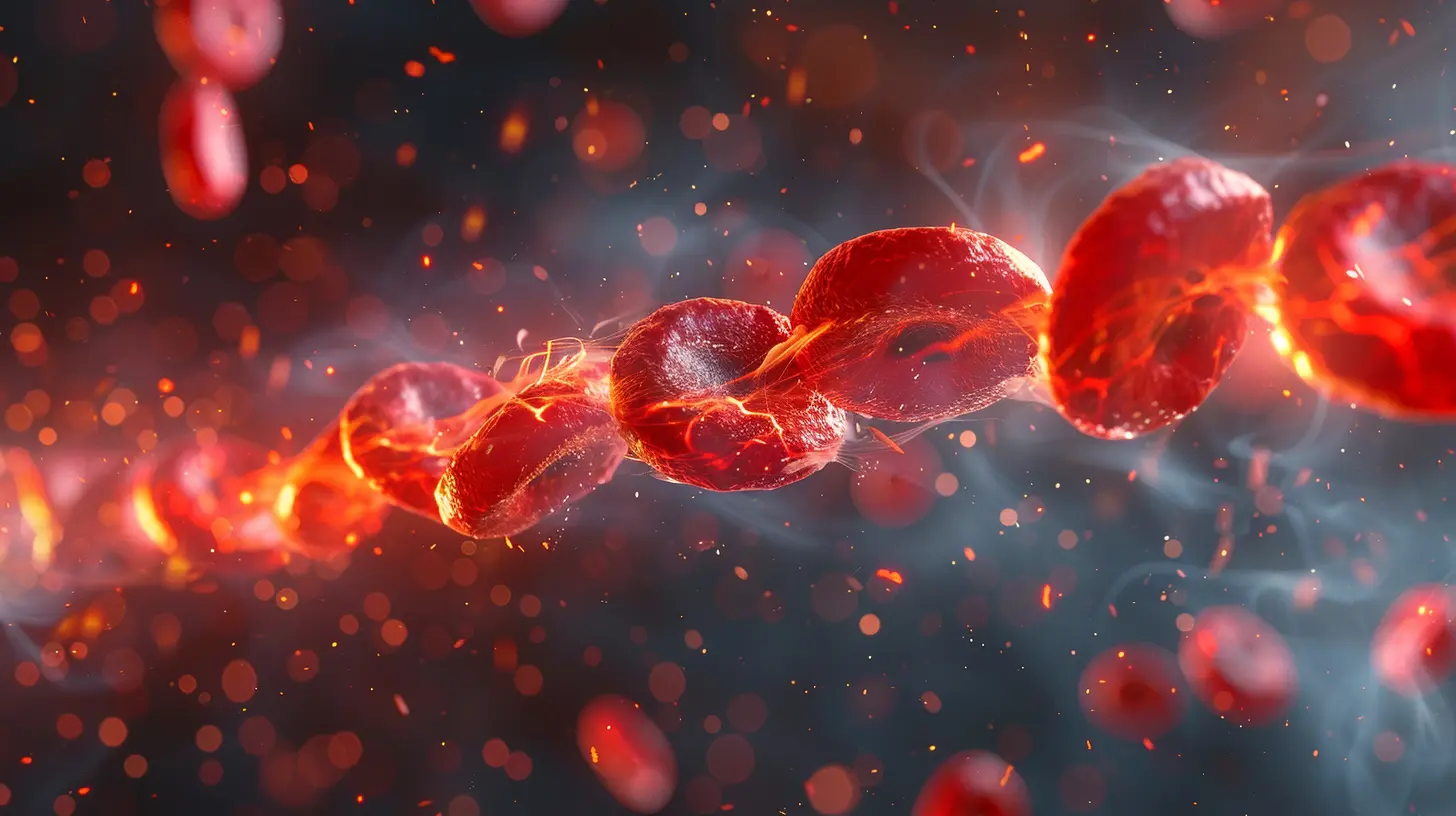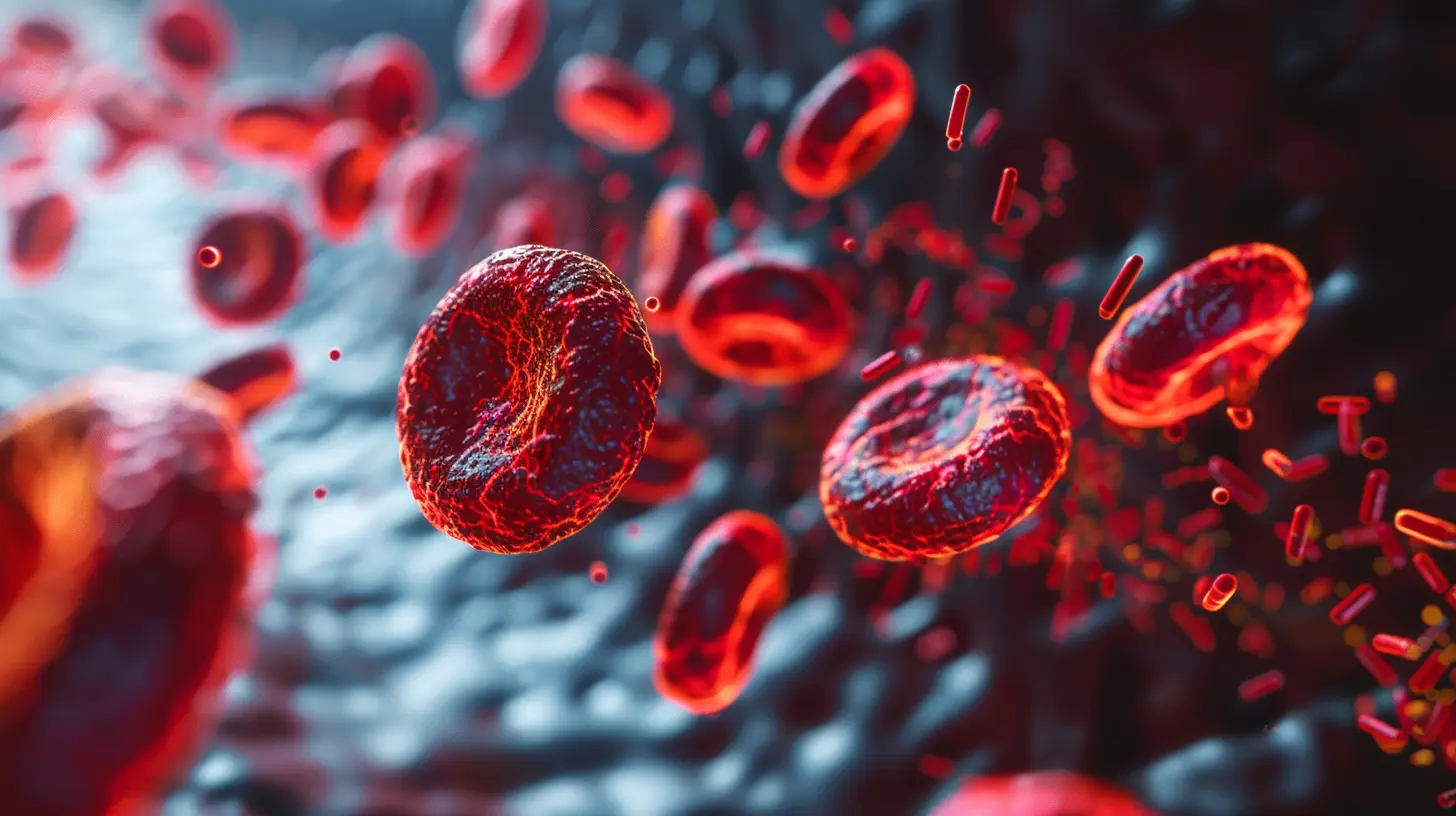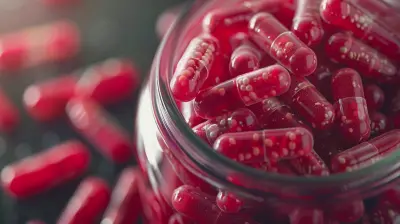10 February 2025
Let’s talk cholesterol. It’s like that one relative you can’t quite figure out—sometimes they’re the life of the party, and other times they’re the drama you didn’t ask for. Cholesterol often gets a bad rap, and while some of it is deserved, not all cholesterol is the villain we make it out to be. In fact, we need cholesterol to survive. So, what’s the deal? What’s good, what’s bad, and why does it even matter? Let’s break it all down!
What Is Cholesterol, Anyway?
First things first—what is cholesterol? Think of it as a waxy, fat-like substance hanging out in your blood. It’s created by your liver and can also come from the food you eat. But here’s the kicker: your body actually needs cholesterol to build cells, make hormones, and even produce vitamin D. Sounds important, right? That’s because it is!But there’s a catch. Too much cholesterol can be risky, leading to health problems like heart disease or even strokes. So, managing cholesterol is a balancing act—kind of like walking a tightrope. Fall one way, and you’re in trouble. Stick with me, and I’ll teach you how to stay on the rope.
The Good, The Bad, and The In-Between
Okay, here’s where things get a little science-y—but I promise to keep it simple. Cholesterol isn’t just one thing. It travels through your bloodstream as part of what are called lipoproteins. There are two main types you need to know about:1. Good Cholesterol (HDL)
HDL stands for high-density lipoprotein, but let’s just call it the "good guy." Why? Because HDL helps remove bad cholesterol from your blood vessels by carrying it back to your liver, where it’s broken down and flushed out. Think of it as your body’s clean-up crew. Without enough HDL, things can get messy.2. Bad Cholesterol (LDL)
On the flip side, we have LDL, or low-density lipoprotein. This is the "bad guy" of the cholesterol world. Too much LDL can lead to plaque buildup in your arteries. Imagine trying to drive on a highway where lanes keep closing due to construction—clogged arteries work the same way, making it harder for blood to flow. This can lead to heart attacks or strokes. Yikes, right?3. Triglycerides (The Middle Child)
Now, let’s not forget triglycerides. They’re not cholesterol, but they’re still part of the family. Triglycerides store unused calories and provide energy, but high levels of these fats can team up with LDL and wreak havoc on your cardiovascular system. Basically, triglycerides are like the middle child—not quite the center of attention, but still impactful.
Why Cholesterol Matters
You might be wondering, “Why should I care about cholesterol at all?” Well, here’s the thing: high cholesterol can silently set you up for serious problems down the road. It doesn’t come with warning signs like a headache or a fever. It just quietly works in the background, sometimes for years, until suddenly you’re facing a major health crisis.High LDL levels and low HDL levels can increase your risk for:
- Heart Disease: Clogged arteries can lead to reduced blood flow to your heart, increasing the chance of a heart attack.
- Stroke: If blood can’t get to your brain due to a blockage, you’re at risk of a stroke.
- Peripheral Artery Disease (PAD): Your legs and arms aren’t off the hook—clogged arteries there can also cause major issues.
Bottom line? Cholesterol matters because it directly impacts your heart health—arguably one of the most important systems in your body.
What Causes High Cholesterol?
So, what’s behind the rise of high cholesterol? A lot of factors come into play. Some are within your control, and others, well, not so much.1. Diet
Your food choices play a huge role. Diets high in saturated fats (think fried foods, butter, and fatty cuts of meat) and trans fats (hello, processed snacks and baked goods) can spike your LDL levels. On the flip side, eating fibers, omega-3s, and healthy fats can boost your HDL.2. Lack of Exercise
Are you sitting down as you’re reading this? A sedentary lifestyle can lower your HDL levels and increase triglycerides. Don’t worry—you don’t need to become a gym fanatic! Even small steps like a 30-minute walk can make a difference.3. Genetics
Unfortunately, some people are just genetically predisposed to high cholesterol. It’s like inheriting bad plumbing in an old house—you didn’t pick it, but you’ve got to manage it.4. Medical Conditions
Certain conditions like diabetes, thyroid disease, and obesity can mess with your cholesterol levels, too. Your body is all interconnected, and when one system struggles, others can get caught in the crossfire.How to Keep Your Cholesterol in Check
Now for the good news: high cholesterol isn’t a life sentence. There are lots of ways to get it under control and keep your heart happy. Here are some practical tips anyone can follow:1. Adopt a Heart-Healthy Diet
Focus on foods that are low in saturated fat and high in fiber. Think whole grains, fresh fruits, vegetables, nuts, and lean proteins like fish or chicken. Want a pro tip? Start by swapping out butter for olive oil and opt for baked instead of fried.2. Get Moving
Remember how I said even a short walk can help? Physical activity raises your HDL—the good cholesterol—while lowering your triglycerides. Whether it’s dancing, biking, jogging, or even gardening, just find something you love and stick with it.3. Watch Your Weight
Carrying extra weight around your midsection can raise your LDL and triglyceride levels. Shedding just a few pounds can have a big impact, so don’t feel you need to aim for perfection—progress matters more.4. Quit Smoking
If you’re a smoker, here’s one more reason to quit. Smoking lowers your HDL and damages the walls of your blood vessels, making it easier for LDL to cause plaque buildup. Give your heart a break and break the habit.5. Limit Alcohol
Sure, a glass of red wine here and there might have some benefits, but overdoing it can increase triglyceride levels. Moderation is key.6. Medication (If Needed)
In some cases, lifestyle changes aren’t enough, and medication may be necessary. If your doctor recommends statins or other cholesterol-lowering drugs, don’t hesitate to ask questions and understand your options.Debunking Common Cholesterol Myths
Let’s bust a couple of myths while we’re here:- Myth #1: All fats are bad for cholesterol. Nope! Healthy fats, like those in avocados, nuts, and fish, can actually improve your cholesterol levels.
- Myth #2: Only overweight people have high cholesterol. Wrong again. Even people at a healthy weight can struggle with cholesterol due to genetics, diet, or other factors.
When to Get Your Cholesterol Checked
So, how do you even know if you have high cholesterol? It’s not something you can feel. That’s why regular screenings are so important.- If you’re over 20, the American Heart Association recommends getting your cholesterol levels checked every 4–6 years.
- If you have risk factors like a family history of heart disease, obesity, or diabetes, your doctor may recommend more frequent testing.
Your test will measure your total cholesterol, HDL, LDL, and triglycerides. Knowing your numbers is the first step to managing them.
The Takeaway: Balance Is Key
At the end of the day, cholesterol isn’t the enemy—it’s all about balance. Think of it like managing a car. Too much wear and tear (high LDL)? Your engine’s going to have problems. A little tune-up every now and then (boosting HDL, healthy habits)? Your car—aka your body—will run smoothly for years to come.Managing cholesterol doesn’t have to be overwhelming. By making small, consistent changes to your lifestyle and staying on top of your health, you can keep the good cholesterol high, the bad cholesterol low, and your heart happy. Sounds like a win to me!









Greta Barron
This article provides a clear overview of cholesterol, distinguishing between good and bad types, and emphasizes their importance in overall health. A valuable read!
March 31, 2025 at 4:21 PM